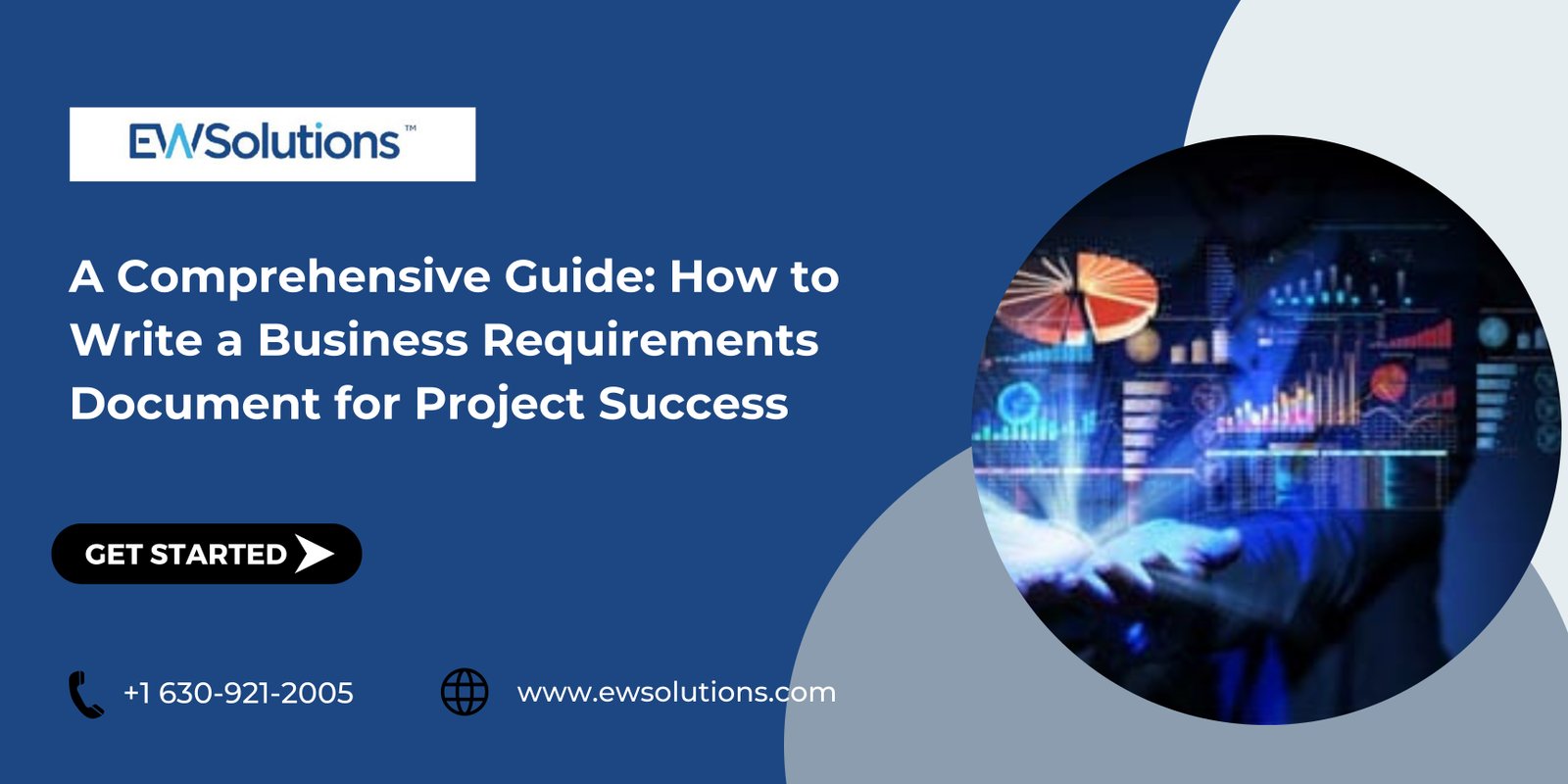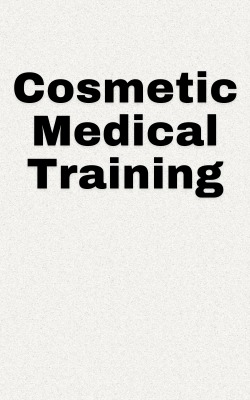
A Comprehensive Guide: How to Write a Business Requirements Document for Project Success
- Feb 13, 2024
- | 83
In the dynamic landscape of project management, the cornerstone of success lies in the clarity and precision of business requirements. A well-crafted Business Requirements Document serves as a roadmap, guiding teams through the intricacies of project development. In this blog post, you will learn the essential steps and tips for writing an effective BRD, emphasizing the importance of this document for project success.
Understanding the Basics
A Business Requirements Training is a comprehensive guide that outlines the objectives, scope, and expectations of a project. It acts as a communication bridge between stakeholders, ensuring that everyone involved is on the same page. Before diving into the steps, let's briefly explore the key components of a BRD:
Introduction: Provide a brief overview of the project, including its purpose, goals, and the stakeholders involved.
Scope: Clearly define the boundaries of the project. What is included and, equally important, what is excluded?
Objectives: Outline the specific outcomes the project aims to achieve. This section helps set clear expectations.
Functional Requirements: Detail the specific functionalities and features expected from the end product or system.
Non-Functional Requirements: Cover aspects such as performance, security, and usability that may not be directly tied to specific functionalities but are crucial for overall project success.
Assumptions and Constraints: Highlight any assumptions made during the requirement-gathering process and the constraints that may impact project execution.
Dependencies: Identify any external factors or elements that the project is dependent on.
Steps for Writing a Business Requirements Document
Step 1: Conduct Thorough Research and Analysis
Before putting pen to paper, conduct extensive research and analysis. Engage with stakeholders to gather insights, understand their needs, and clarify expectations. This step lays the foundation for a document that accurately reflects the project's requirements.
Step 2: Define Clear Objectives and Scope
In the introductory section of your BRD, clearly articulate the project's objectives and define its scope. This ensures that all stakeholders have a unified understanding of what the project aims to achieve and the boundaries within which it will operate.
Step 3: Identify Functional and Non-Functional Requirements
Break down the project requirements into functional and non-functional categories. Functional requirements detail what the system or product should do, while non-functional requirements outline criteria such as performance, security, and user experience.
Step 4: Document Assumptions, Constraints, and Dependencies
Highlight any assumptions made during the requirement-gathering process, constraints that may impact project execution, and dependencies on external factors. This transparency ensures that potential challenges are acknowledged and addressed from the outset.
Step 5: Utilize Clear and Concise Language
A well-written BRD uses clear and concise language to communicate complex requirements. Avoid ambiguity, jargon, or technical language that might confuse stakeholders. Strive for a document that is accessible to all involved parties.
Step 6: Seek Feedback and Iteratively Refine
The creation of documentation is not a one-time task. Seek feedback from stakeholders and subject matter experts, and be prepared to iteratively refine the document. Continuous refinement ensures that the requirements document remains accurate and relevant throughout the project lifecycle.
The Importance of a Business Requirements Document for Project Success:
A well-prepared BRD plays a pivotal role in ensuring project success.
Here's why it holds such importance:
Alignment: The BRD aligns all stakeholders by providing a common understanding of project goals, objectives, and requirements.
Risk Mitigation: By clearly documenting assumptions, constraints, and dependencies, the documentation allows for proactive risk management, reducing the likelihood of unforeseen challenges.
Communication: The documentation serves as a communication tool, fostering clear and effective communication between project teams, stakeholders, and decision-makers.
Guidance: It acts as a roadmap, guiding the development team throughout the project lifecycle. This clarity minimizes the risk of scope creep and ensures that the project stays on track.
Validation: Stakeholders can validate the project's progress against the documented requirements, ensuring that the end product aligns with initial expectations.
Conclusion
In the realm of project management, the importance of a well-crafted Business Requirements Document cannot be overstated. It serves as the foundation for successful project execution, aligning stakeholders, mitigating risks, and providing a roadmap for development. By following the steps and tips outlined in this guide, project teams can create a comprehensive BRD that sets the stage for project success.
For additional insights and in-depth training on business requirements, consider exploring EWSolutions' Business Requirements Training. Master the art of business requirements management and elevate your project management skills to new heights.





